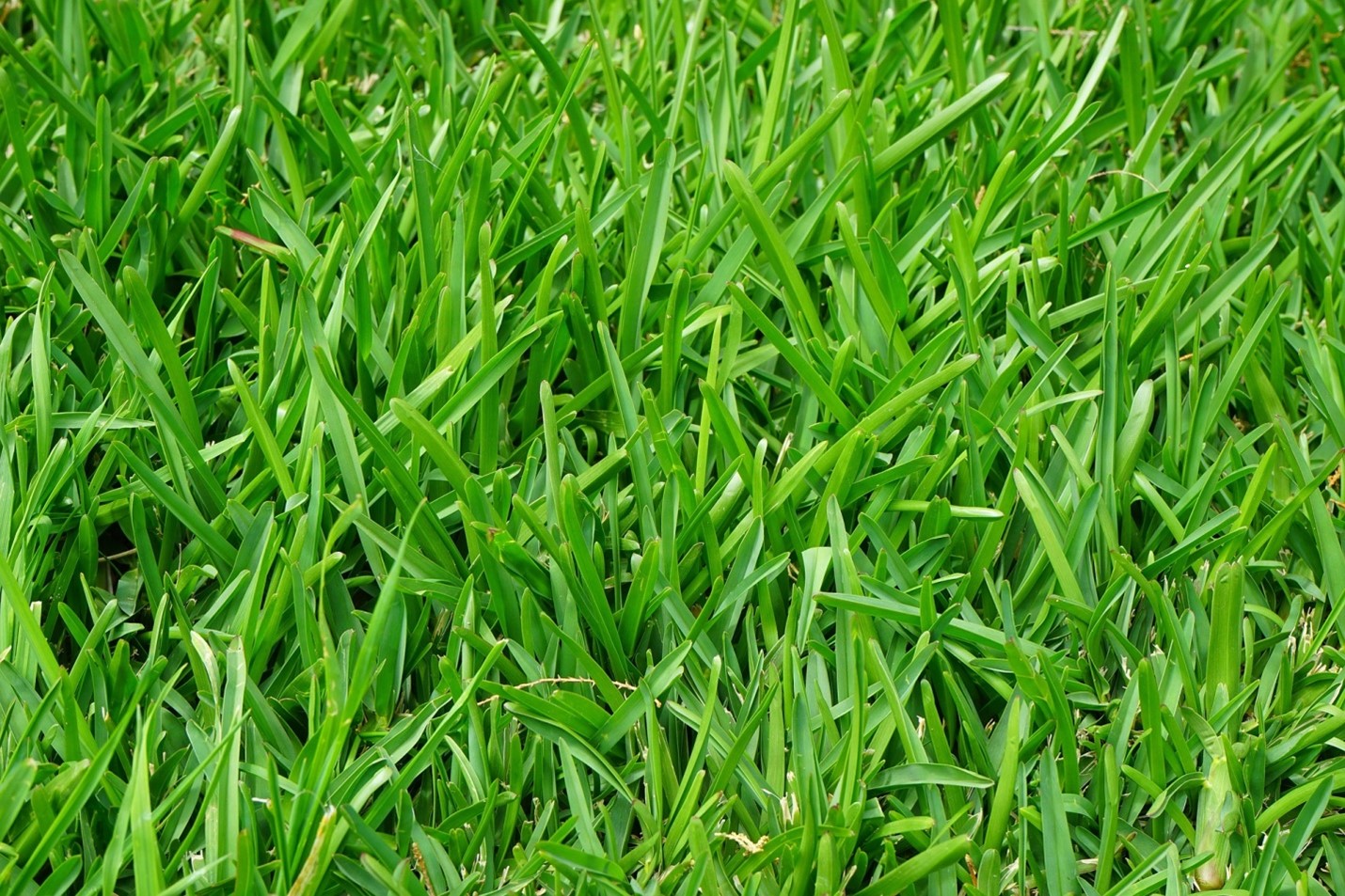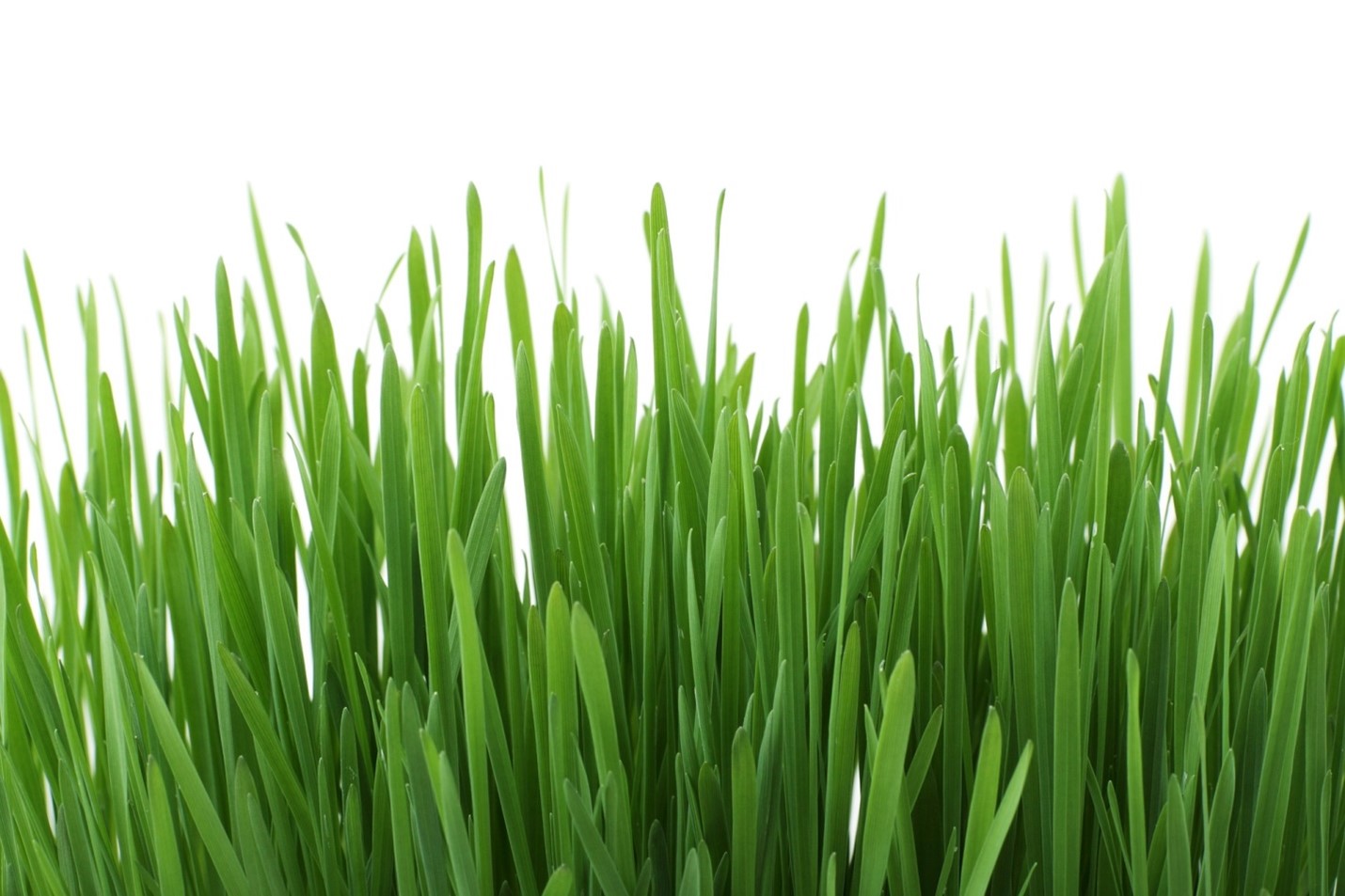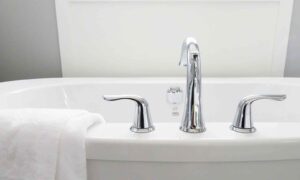Whether you’re a homeowner or a business owner, installing artificial grass is a great way to enhance your property’s appearance. And, there are several ways to ensure that your grass will look as good as new for years to come.
Preparing the base
Having a solid foundation is essential for a long-lasting artificial lawn. The most important question in this process is how to install artificial grass correctly from the ground up. The first step in preparing the base for artificial grass is to dig out the area. This will allow for an even surface.
In addition, it allows for easy drainage. Whether you are installing artificial grass in a residential or commercial setting, you will need a sturdy base. You can either choose a natural rock or gravel to serve as a base, or you can choose a decomposed granite base.
Next, lay out the area that you want to use for artificial grass. This can include a paver border or bender board, which will make the installation process easier. You’ll need to leave at least 6-8 inches of clearance around the perimeter for drainage.
You will also need to make the entire area level. If there are any bumps or depressions, fill them in with additional material. This will ensure that the area will look its best once the lawn is installed.
Finally, you’ll want to check the sub-base for inconsistencies. This is a very important step to ensure that your artificial grass will be installed in the most stable way.
You can either use a plate compactor, sod roller, or hand tamps to compact the sub-base. If you choose to use a plate compactor, you’ll need to tamp down to about 90% of the original size. If you choose to use a sod roller, you will need to tamp down to about 70% of the original size.

Laying the grass
Using artificial grass over concrete is a great option if you are looking to save money while creating a lush lawn. It’s easy to install, requires no special tools, and can give your lawn an impressive look. But before you begin, make sure the concrete in question is free of holes, cracks, and other imperfections. You should also consider using a foam underlay to hide any minor imperfections.
You should also consider installing a weed barrier. Click the link: https://www.wikihow.com/Install-a-Weed-Barrier for more information about this process. This should be installed before you lay the fake turf. This will prevent weeds from growing through the holes in the backing material.
When you’re finished laying the fake turf, you’ll need to wait an hour to let the glue dry.
You may also need to install a sub-base. This is the layer that will support the artificial grass and is important to an effective irrigation system. It can be obtained from your local DIY store. It should be installed at the top and bottom of the slope. You can also use stones to fill in any uneven areas. It’s also a good idea to have the edge of the fake turf at least half an inch above the landscape stones.
If you’re using concrete for the fake turf, you’ll need to make sure it’s free of cracks and other imperfections. You’ll also need to make sure it drains properly. You can check this by hosing down the concrete. If you notice any puddles, you’ll need to drill a few holes in the concrete to help the water drain.
Maintaining it
Keeping your artificial lawn looking its best is easy to do with a bit of TLC and a few easy-to-use tools. It’s also a good idea to have a cleaning routine. This can help prevent minor issues from developing. A cleaning routine can also ensure that your artificial grass remains in pristine condition for years to come.
Using a rake or blower is a great way to remove leaves and other debris from the surface of your artificial lawn. However, be careful not to damage the synthetic fibers. Metal rakes can snag and tear the fibers, which could lead to a less-than-perfect result. Soft-headed brushes are an excellent option, as they help to prevent tangled leaves from accumulating in the grass blades.
A good way to keep your artificial grass looking its best is to sweep or brush away debris every day. In addition, a monthly hose down can keep odors at bay. Using a light soap or detergent can remove stains, dirt, and bacteria from your turf. Keeping the draining system in good working order will help prevent moss and mold growth from forming. You can read more about the dangers of mold by clicking the link. A hose or aerosol refrigerant can also be used to remove a wide range of sticky materials from your artificial grass. For example, pen ink, crayons, and motor oil can stain the surface of your turf, so using the right tools can keep it looking good.








